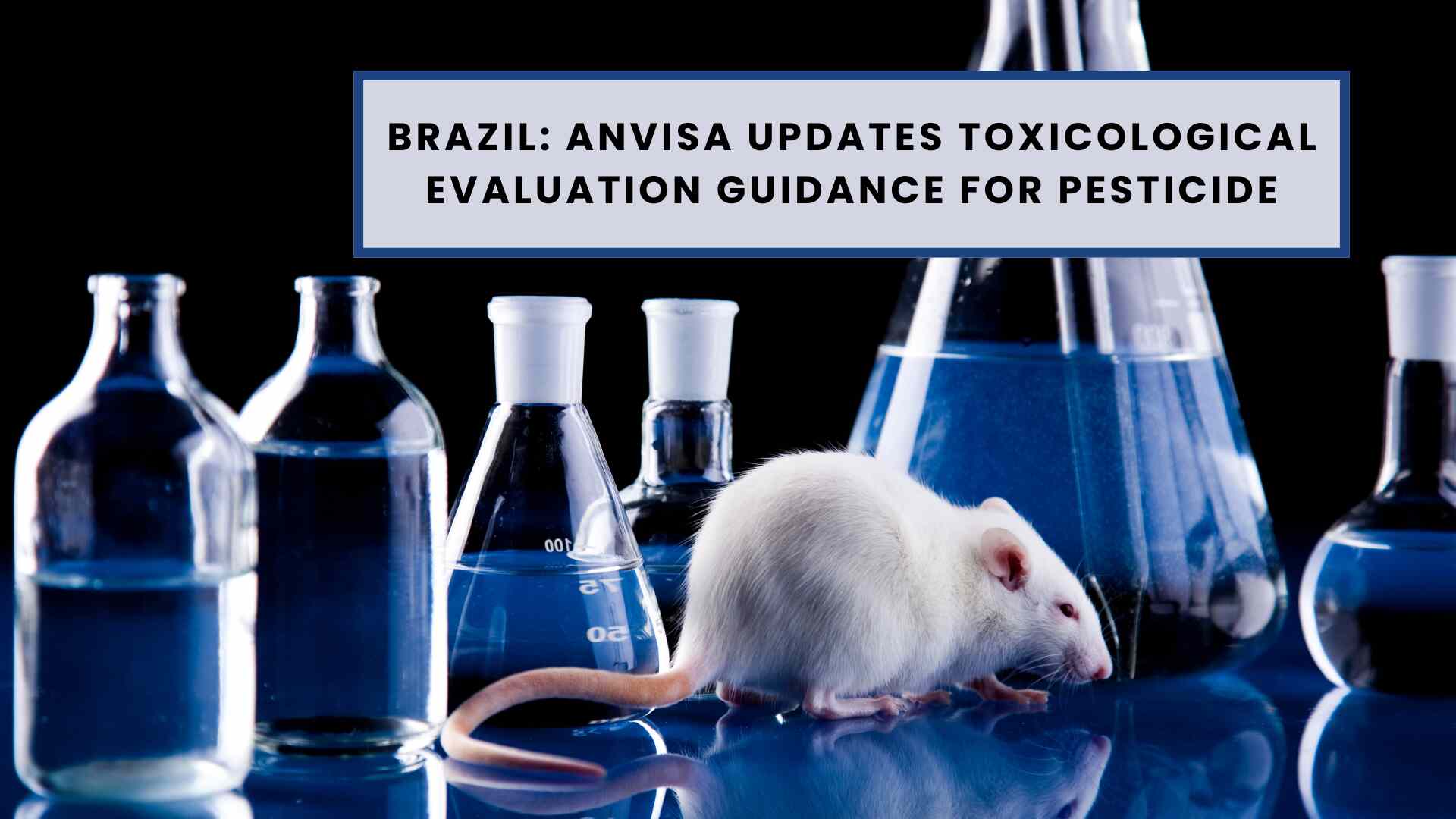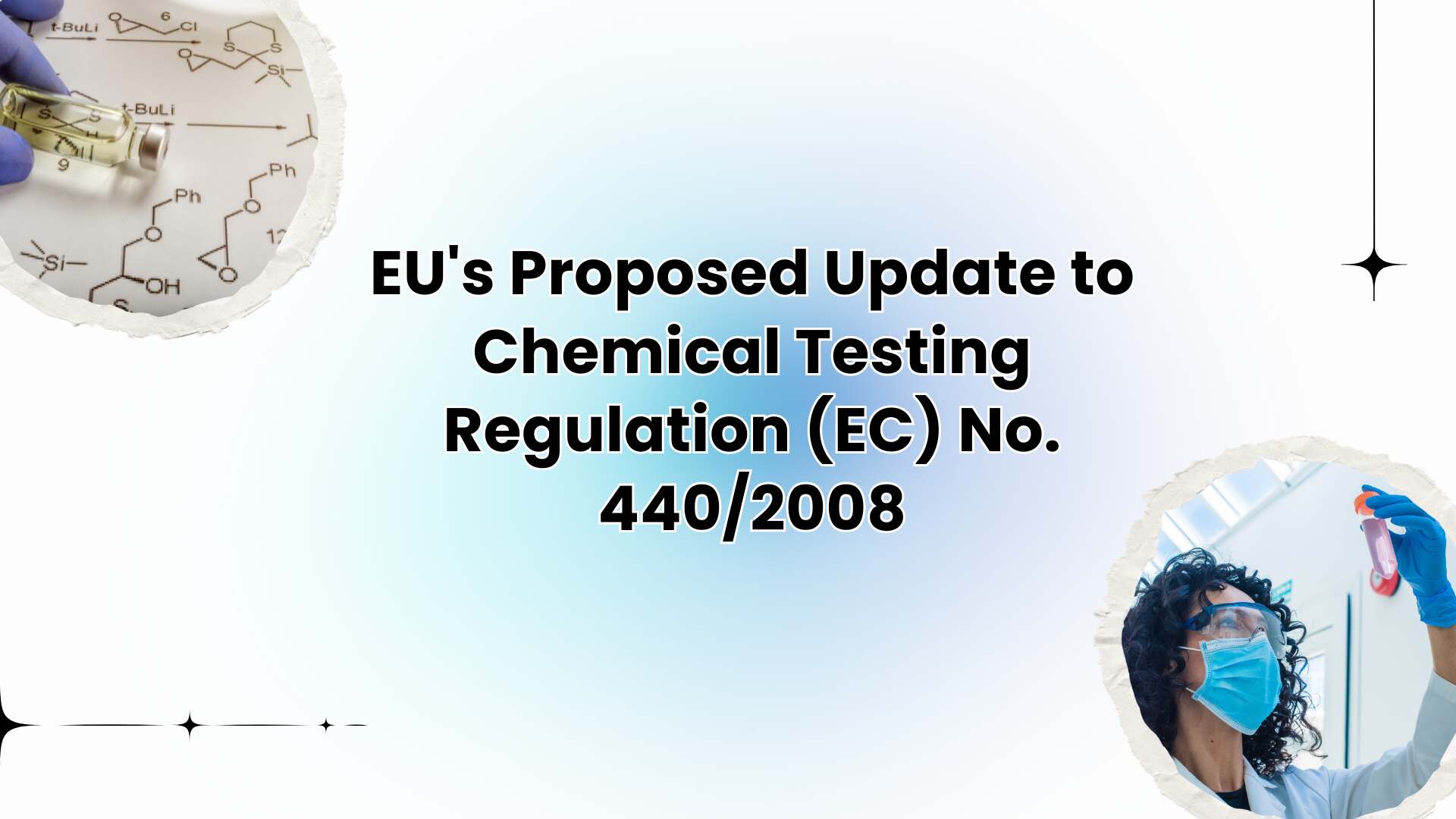The Brazilian Health Regulatory Agency (Anvisa) has revised its pesticide evaluation guides for mutagenicity, carcinogenesis, neurotoxicity, and reproductive toxicity.
These Anvisa updated pesticide guidelines instructions are critical resources for assessing the toxicological concerns related with pesticides. They provide recommended practices and methodology for analysing diverse outcomes, ensuring a rigorous and thorough review process throughout product registration and future reanalysis.
Anvisa emphasises that these guidelines represent its understanding of current best practices and are in line with the most recent scientific advances and regulatory requirements. The modifications integrate comments from public discussions and align with recent amendments to Brazilian pesticide regulation. (Law 14,785 of December 27, 2023).
The fundamental objective of Anvisa updated pesticide guidelines is to improve transparency and clarity in the toxicological evaluation standards, especially throughout the reanalysis process. The latest versions of the instructions are effective immediately.
Highlights:
- Pesticide mutagenicity, carcinogenesis, neurotoxicity, and reproductive toxicity guidelines have been updated.
- Improved transparency and clarity in the evaluation process.
- Included comments from public consultations and align with new legislation developments.
Anvisa is in charge of evaluating pesticides, environmental control products, technical products, and associated items in accordance with its objective of promoting and protecting the Brazilian population’s health.
Unlike other products controlled by the Agency, pesticide registration is not legally subject to renewal or revalidation, and it is valid permanently. However, pesticides are subject to reanalysis in order to ensure product safety and limit possible damage. International organisations or domestic organizations can request reanalysis.
Since 2006, Anvisa has conducted 19 pesticide re-evaluations and is presently doing four reanalyses. The provision of updated instructions will increase transparency in the evaluation of these items.









